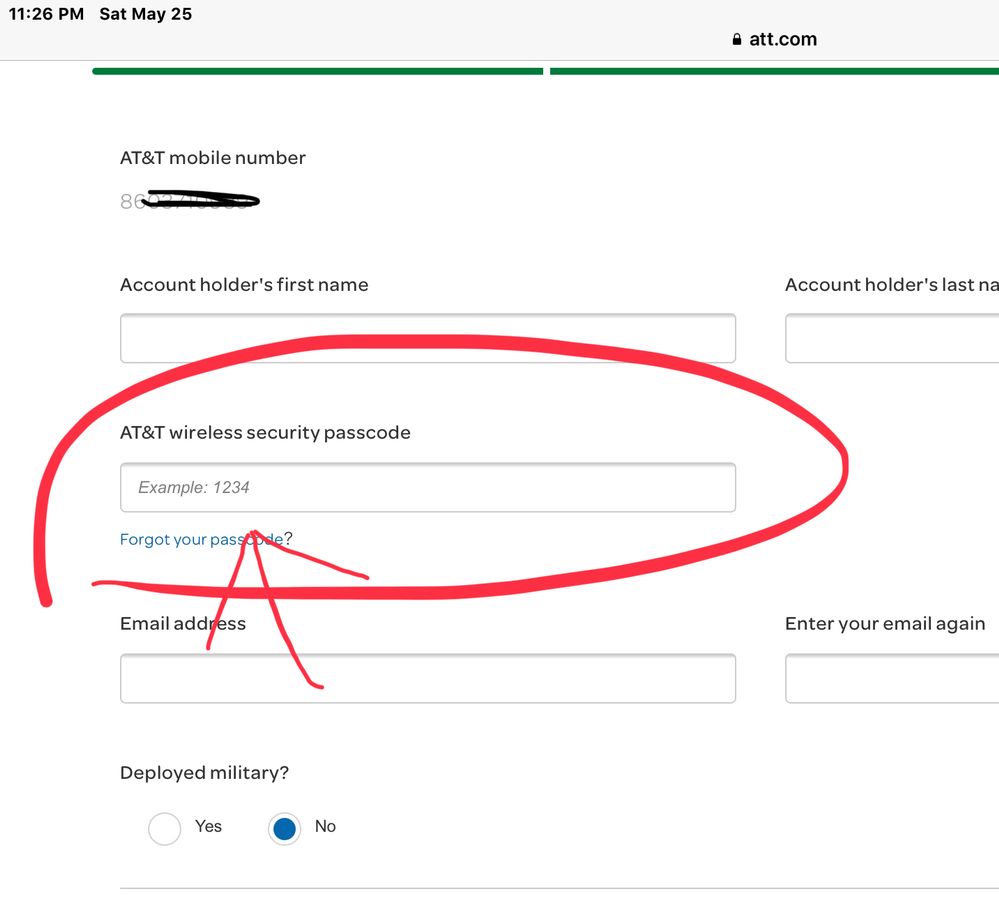In today’s interconnected world, understanding how your mobile service information is shared is crucial. This exclusive article delves into the world of AT&T accounts, exploring what the account owner can see about your line and the different access levels available within an AT&T account.

Understanding Account Roles: The Hierarchy of Access
AT&T utilizes a tiered account structure with varying access levels:
- Primary Account Holder:The individual financially responsible for the entire account. They possess the highest level of access and can view and manage all aspects of the account, including all lines associated with it. There can only be one Primary Account Holder per AT&T account.
- Authorized Account Manager:An individual designated by the Primary Account Holder with permission to manage specific aspects of the account. They can view most account information and manage most lines, but might have limitations compared to the Primary Account Holder (e.g., changing billing password). Up to five Authorized Account Managers can be assigned per account.
- Account Member:A user on the account with limited access. They can typically view information and manage only their specific line (e.g., call history, data usage).
Here’s a table summarizing the key differences:
By understanding these roles, you can determine what information the account owner can potentially access on your line.
Unveiling the Account Owner’s View: Specific Information Accessible
Here’s a breakdown of the specific information the account owner (Primary Account Holder) can typically see about your line on an AT&T account:
- Account Information:This includes the account holder’s name, billing address, contact information, and overall account status.
- Line Details:The account owner can view details specific to your line, such as your phone number, assigned data plan, current device information (IMEI number), and remaining contract obligations (if applicable).
- Billing Details:The account owner has access to the entire account’s billing history, including your line’s monthly charges, data usage breakdown, and any applicable surcharges or fees.
- Call History and Data Usage:The account owner can typically view your line’s call history, detailing incoming and outgoing calls with phone numbers, durations, and timestamps. They might also be able to see your data usage breakdown, categorizing usage by app or service.
Important Note: AT&T prioritizes user privacy. The account owner cannot view the content of your text messages or the specific websites you visit while using your data.
Understanding Limitations: What the Account Owner Cannot See
While the account owner has significant access, there are limitations to their visibility:
- Text Message Content:For privacy reasons, the account owner cannot access the content of your text messages.
- Internet Browsing History:They cannot view the specific websites you visit or your online activity.
- Voicemail Content:The account owner cannot access the content of your voicemail messages without your knowledge or consent.
These limitations ensure a level of privacy for individual users on a shared AT&T account.

Managing Account Access: Understanding Your Options
If you’re concerned about the account owner’s level of access to your line information, you have some options:
- Discuss Privacy Expectations:Open communication with the account owner can help establish clear expectations regarding privacy and information access.
- Request Account Member Role:If you only need to manage your own line and access basic information, consider requesting an Account Member role from the account owner.
- Consider Separate Account:If privacy is a significant concern and financial independence is achievable, explore establishing your own separate AT&T account.
By understanding these options, you can take control of your information visibility within the AT&T account structure.
The Future of Account Management: Potential Advancements and Considerations
The future of account management might offer even greater control and customization:
- Granular Access Controls:Imagine a future where account owners can define specific levels of access for each user, allowing them to control what information is visible (e.g., call history details but not data usage breakdown).
- Enhanced Privacy Features:Advancements in privacy protocols could lead to two-factor authentication or additional verification steps when accessing specific account information, adding an extra layer of security.
- Parental Control Integration:For families with shared accounts, integration with parental control features could allow account owners to monitor data usage or set time restrictions for specific lines, promoting responsible mobile phone usage.
Staying informed about these potential advancements can help you leverage future functionalities for a more secure and personalized account management experience.
Conclusion: Understanding AT&T Account Visibility – Knowledge is Power (Exclusive)
This exclusive article has explored the concept of account visibility within AT&T accounts. We’ve delved into the different account roles (Primary Account Holder, Authorized Account Manager, Account Member) and the varying levels of access each role possesses. We’ve explored the specific information an account owner can typically see about your line, along with the limitations on content access due to privacy concerns. We’ve also addressed options for managing account access and potential future advancements in account management functionalities.
By understanding what the account owner can see on your AT&T line, you can make informed decisions about your privacy expectations and explore options for managing your information visibility within the account. Remember, communication with the account owner and understanding your options are crucial for navigating shared account structures effectively.
Additional Tips:
- Reviewing AT&T’s Privacy Policy:AT&T’s privacy policy outlines how they collect, use, and share your information. Familiarizing yourself with this policy can provide valuable insights into data privacy practices within AT&T accounts.
- Setting Up Account Alerts:Consider setting up account alerts for specific events, such as billing changes or data usage reaching a certain threshold. This can help you stay informed about your line’s activity and potential charges.
- Staying Informed:As technology evolves, AT&T’s account management features and privacy practices might change. Stay informed by checking AT&T’s website or app for updates and announcements regarding account management functionalities.
By following these tips and staying informed, you can navigate your AT&T account with confidence, ensuring a balance between shared functionality and maintaining a level of privacy for your mobile service usage.
لا تعليق